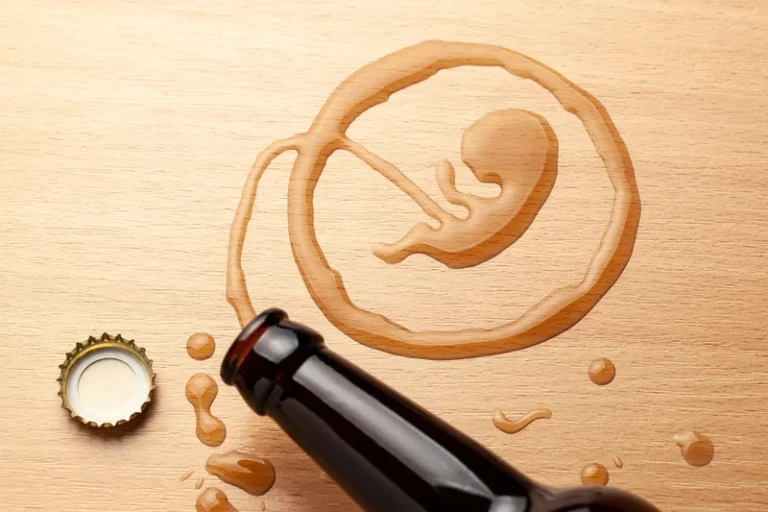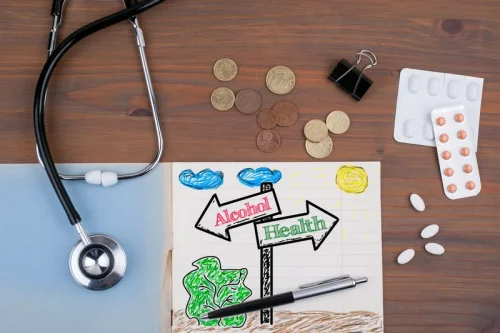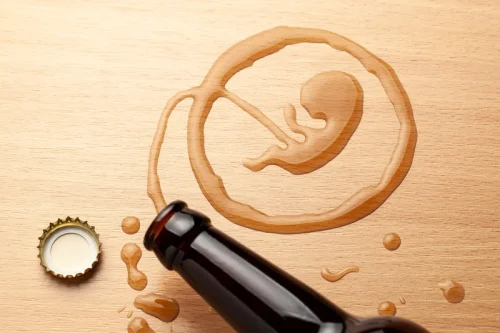
To date, no studies have investigated the potential use of rTMS in HPPD. Interestingly, Kilpatrick and Ermentrout (2012) 86 studied the spatiotemporal dynamics of neuronal networks in HPPD, with spike frequency adaptation. This study reported that altering parameters controlling the strength of synaptic connections in the network can lead to spatially structured activity suggestive of symptoms of HPPD. Future research is necessary to test the possible effectiveness of the rTMS neuromodulatory effect on HPPD.
Guide to HPPD: How to Overcome or Reverse the Effects
- It also discusses how a person experiencing HPPD can manage their condition.
- Copyright © 2022 Ford, Fraser, Solly, Clough, Fielding, White and Van Der Walt.
- Researchers do not fully understand how these conditions relate to HPPD, but many report that they experience them alongside visual disturbances.
- However, HPPD I usually onsets with warning “auras”, minor feelings of self-detachment, mild bewilderment, and mild depersonalization and derealization 17,18.
- He continued to experience visual perceptual disturbances for 25 years following cessation of the hallucinogen.
- LO and FS conceived the topic of the manuscript, while LO, AG and GP carried out the main analysis.
On the other hand, the intrinsic abuse potential of benzodiazepines might be inconvenient lsd hppd in certain individuals with a past history of substance use 17,18. Given the benign nature of HPPD I, the use of benzodiazepines should be proposed only for severe cases, in the acute phase, and for the short term. Two types of HPPD have been proposed here, accordingly to Lev-Ran (40). Type-1 HPPD, consistent with the definition of flashback provided by the ICD-10 (50), is characterized by brief reexperiences of altered perception, mood, and/or consciousness, as previously experienced during a hallucinogenic intoxication. They may appear days to months after the hallucinogen-induced experience.
Comparison between psychedelic-using control group and non-using control group
Another study showed that high-potency benzodiazepines that have serotonergic properties may be more effective than low-potency benzodiazepines in the treatment of some patients with LSD-induced HPPD 6. It is a condition that causes significant distress or impairment in the social, occupational, or other important areas of a patient’s life, which is not attributable to hypnopompic hallucinations or any other medical conditions 1. However, the Diagnostic and Statistical Manual of Mental Disorders, Fifth Edition (DSM-5) classifies it as a substance-related and addictive disorder. The symptoms may manifest into any perceptual trepidation, but visual disturbances tend to predominate, with the most common being geometric hallucinations, flashes or intensifications in color, and false perceptions of movement 1. There is no relationship between the occurrence of HPPD and the amount of substance used. The prevalence of this disorder is approximately 4.0% to 4.5% in people who have a history of hallucinogen use 1-2.

Causes of Hallucinogen Persisting Perception Disorder

Pinpointing the exact prevalence is challenging due to limited large-scale studies and population data. Several case reports of reoccurring or prolonged persistent visual perceptual disturbances (HPPD) have been described occurring within a certain time frame after cessation of some hallucinogenic drugs (2, 53, 54). On the sixth day, the patient stated, “The space-time continuum is not constant. I can close my eyes for 45 seconds and open them, and I am in a different location than the one I am at. I see people are following and stalking me, and many big corporations are after me, like Google and especially Tesla.” He also reported that he was at the cemetery, sitting on a tombstone, contemplating his mortality.
Psychedelics 101

Comprehensive studies on medications aren’t available, but researchers have analyzed common treatments used in case reports or small studies, according to the latest literature review published in the journal Drug and Alcohol Dependence. The heroin addiction person who developed psilocybin-related HPPD combined the drug with marijuana — a drug that has some hallucinogenic properties. Marijuana and heavy alcohol use have triggered HPPD in some people who have a history of hallucinogen use.
- This concept challenges the direct association between psychedelics and HPPD, suggesting that existing mental health conditions may play a more significant role.
- The second control group encompassed individuals who had abstained from psychedelics use (non-using control).
- Long-term recovery from HPPD means taking medications that can ease the experience of pseudo flashbacks and engaging in a lifestyle plan that supports mental health and wellness.
- This poses a significant challenge in neuropsychological research, given the lack of regular neuropsychological assessments among the general population, thereby obscuring baseline cognitive abilities.
- MCI was chosen as an orientation because it represents the mildest clinically relevant level of cognitive impairment.
What helps people with HPPD?

Studies show LSD (also called acid) is the most common hallucinogenic drug that can cause HPPD. LSD is a lab-made chemical that is in a class of drugs called psychedelics. In its pure state, it’s a white crystalline substance, but you only need a very small amount to feel the effects. People typically take the drug in sugar cubes or on small gelatin sheets that dissolve on the tongue. Other common symptoms include anxiety, panic attacks, and depersonalization.

Such was the course of action in our patient’s management described above. The clinical relevance of flashbacks as sequelae of LSD and other biogenic and synthetic hallucinogens needs to be reassessed. In the light of more recent studies, earlier estimates of 5–54% incidence seem exaggerated – a rate of 5% or lower appears more realistic. With the Cochrane Society’s strict criteria for evidence-based medicine as a yardstick, our current knowledge does not allow for any empirical recommendations as to the rational pharmacotherapy of HPPD.
Treatment for Hallucinogen Persisting Perception Disorder
There is little evidence that an individual’s chances of developing HPPD increase with their frequency of drug use; the disorder can also occur in people who have had little experience with hallucinogens. Regarding treatment options, a combination of medications may be needed according to the preceding or subsequent psychopathology. Given the limited literature about HPPD, a possible hypothesis about the pharmacotherapy of choice in relation to different etiologies has not been considered. However, the presence of psychiatric and neurological comorbidities could represent a valid criterion to address the choice.
Schreibe einen Kommentar